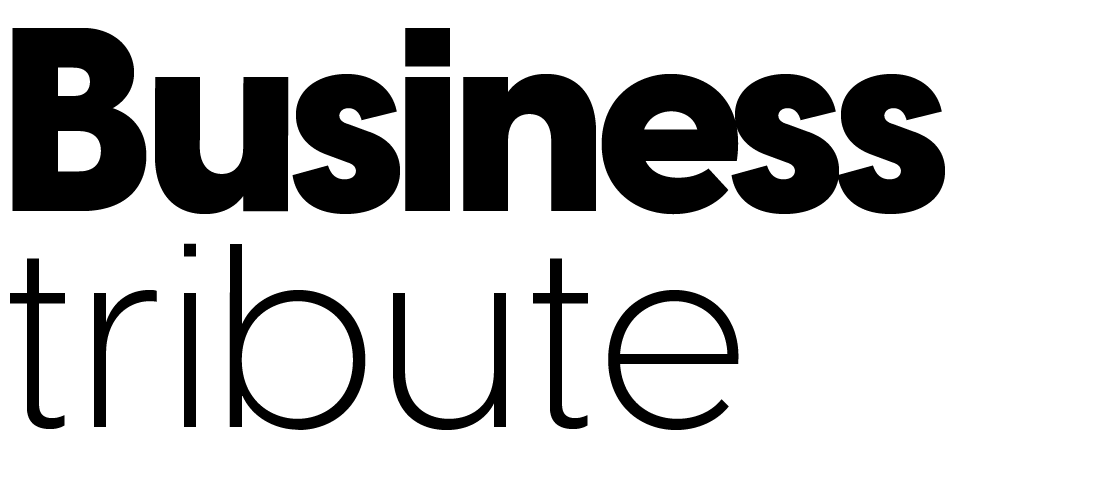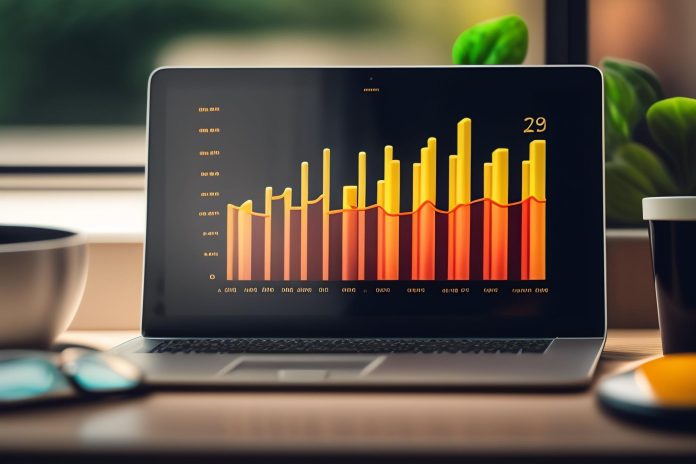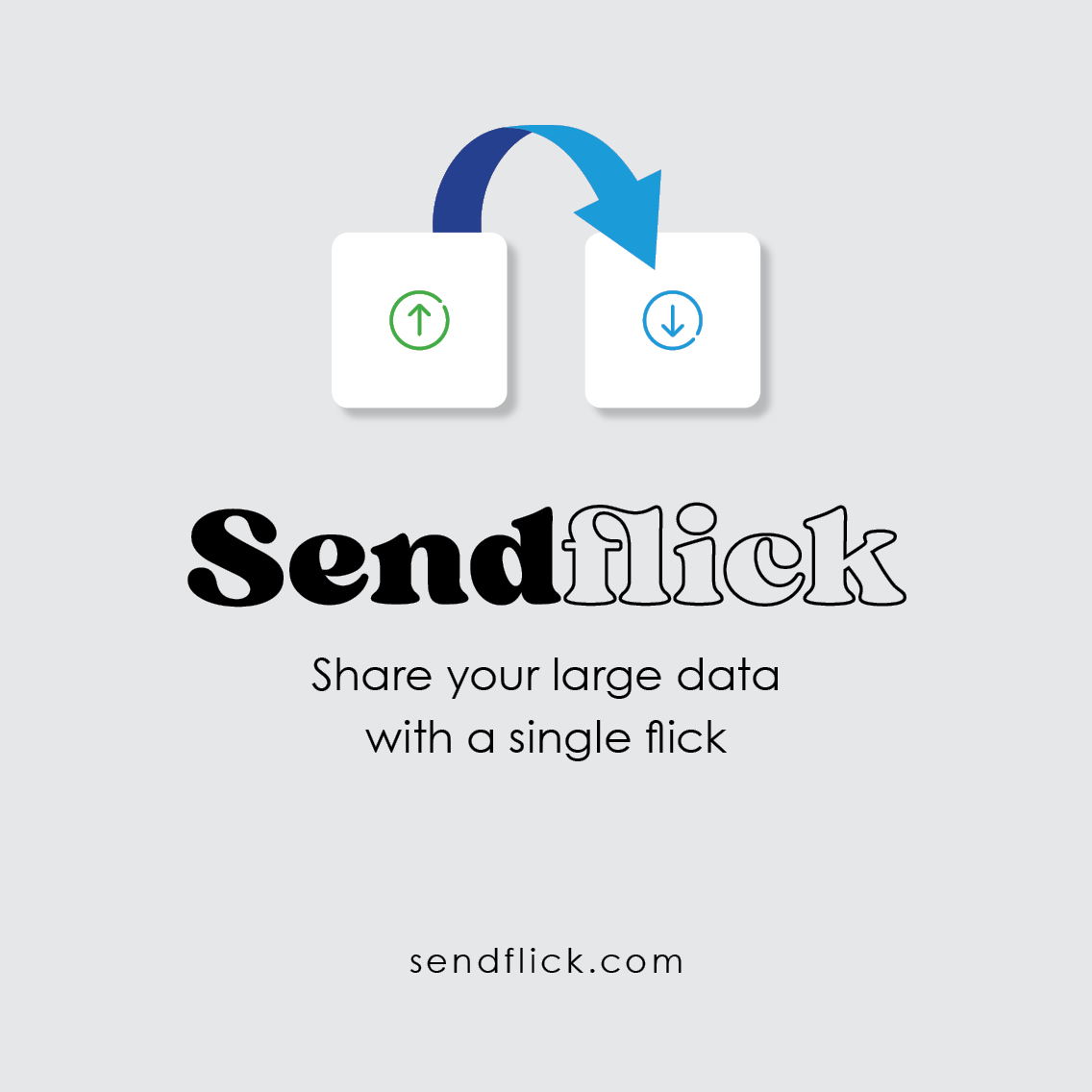How to measure the success of a landing page
Landing pages are a critical element of marketing automation, but do you know how to measure the success of such a page? Landing pages give you the opportunity to control the message that your prospective customers receive when they click on an email, a social media post, or another conversion point. However, if your landing pages are not designed to maximize continuous conversions, you will start to see a decline in performance across all your marketing efforts.
Make the most of your content marketing strategy by understanding how to measure landing page performance. Here’s what you should examine. Specifically:
Page views
The most obvious factor when considering how to measure the success of a landing page is the number of page views. If people aren’t looking at your page, it’s not going to support your marketing efforts. When analyzing your traffic, ensure you measure total page views as well as new page views, sometimes referred to as unique visitors.
Understanding the number of page views gives you a sense of which of your visitors are new traffic, as opposed to those returning to the landing page after a previous visit.
Bounce Rate
The bounce rate shows the number of visitors who view your page and leave without taking further action on it. A high bounce rate may indicate that you need to examine the user experience of your landing page. Is the action you want users to take clear and accessible? Is the page well-structured? Does it load quickly? Are you writing content that guides users toward conversion?
All of these are factors in your landing page’s performance. They all influence a user’s willingness to take action on your landing page and continue engaging with your brand, product, or service.
Session duration
Session duration (the length of a session) is directly related to your bounce rate—it’s not enough to just see whether users leave your page; it’s important to understand how quickly they leave. If your average session duration is only a few seconds, you’re likely not doing enough to capture a user’s attention and provide the information they’re looking for.
If the session duration is relatively long but the bounce rate is still high, you may have a confusing or frustrating user experience or simply too much content. Therefore, session duration can serve as a measure of landing page success. Keep in mind that landing pages aren’t meant to serve as your full website—they are specific to a campaign or marketing message, intended to engage your audience before you give them the full story.
Resist the urge to overwhelm the page with content, as this can lead to information overload.
Traffic source
If you’re running campaigns across multiple channels and unique selling points that all lead to the same landing page, you need to know where those leads are coming from. If most of your page traffic comes from paid social media, you might consider increasing your spending on those channels. If many leads reach your landing page from email campaigns, you may plan to repeat this tactic in the future. With practice, you’ll start narrowing down campaigns to the channels and outlets that work best for your business and understand how to measure your landing page’s performance.
Conversion rate (CR)
Last but not least is the conversion rate, which tells you how many users actually take the action your landing page is guiding them toward. After all, landing pages are intended to be conversion hubs—whether the conversion action is filling out a form, watching a video, scheduling an appointment, or making an immediate purchase. Define the action you want users to take on the page and use language that reinforces the call to action (CTA). Make it easy for users to take the desired action. If you want them to fill out a form, for instance, ensure the form is in a visible spot and has relatively few fields to make it easy to complete.






